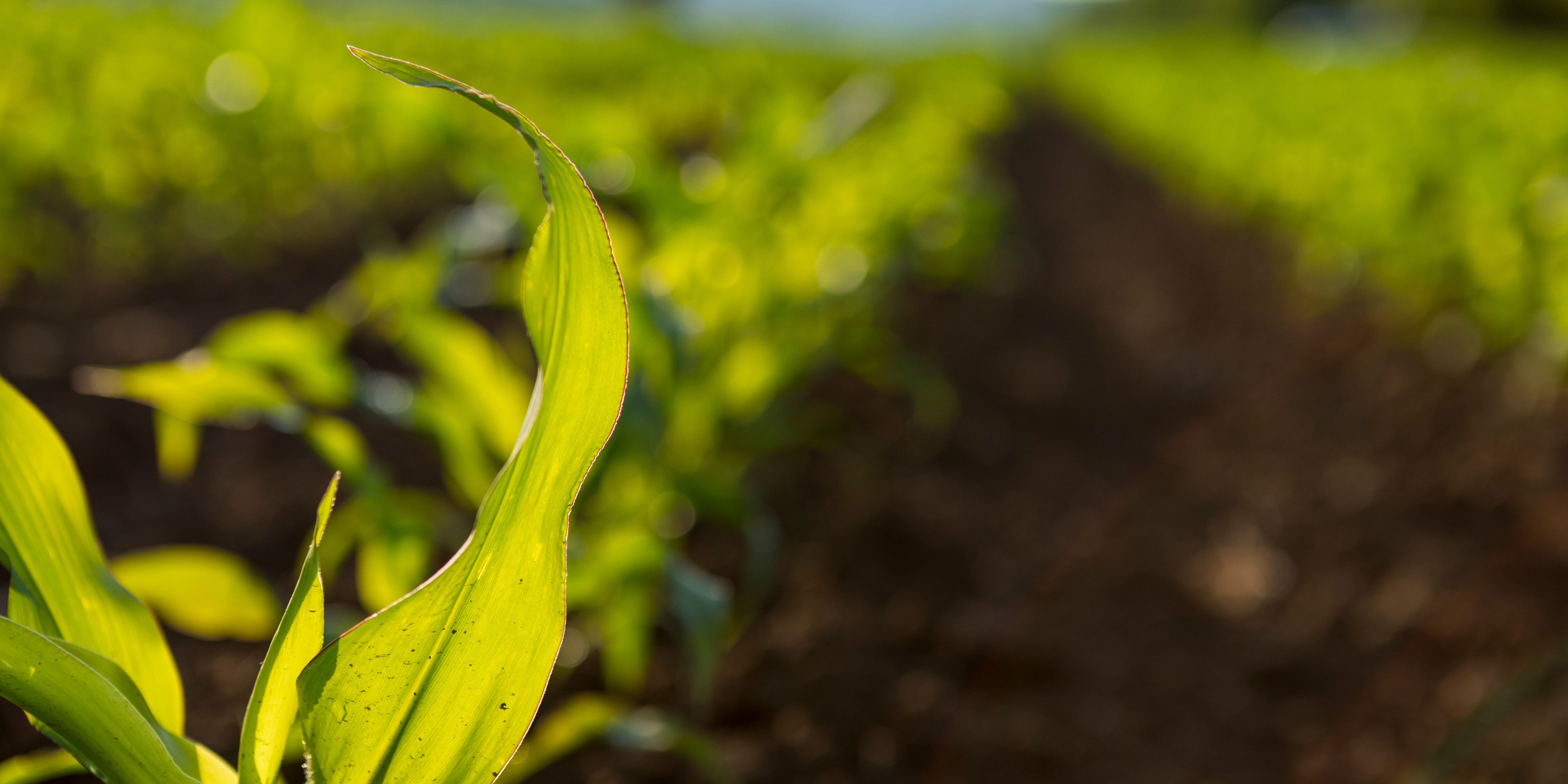

Author: Canaan Bridges Consulting Inc.
There is much diversity among agricultural sectors across the globe. Wheat, corn, sugar cane, coffee, fruits and insect production to more controversial production iterations, such as genetically modified foods, all bear witness to these diversities. Agricultural practices are also diverse across parts of the world. Reliance on labour-intensive means to plant, harvest and process foods is more of a dominant practice in some countries than in others. In other places, technology plays a more active in farm activities. The relationship between agriculture and innovation is fascinating. Although the two have several connections, opportunities for further and more sustainable relationships remain.
Building Brand Presence
Consumer tastes are continually changing. At the same time, product origin is increasingly important to consumers. Research indicates that consumers place a comparatively higher value on products that are not only fairly sourced but where there are transparencies about the product’s life cycle – from cultivation to the distribution stage. Producers, distributors and farmers in the agricultural sector can benefit from strategic branding of their output. Branding impacts market and revenue share. Branding may include target-specific strategies – which focus on specific aspects of the agricultural product, whether this be taste, its source (mainly if this includes traditional and cultural practices that is related to its community of origin), social enterprise elements of the food, or its specific benefits to consumers.
Technology and Agriculture
Based on current trends, a technology-inclusive relationship with farming practices in forthcoming years will likely include a streamlined focus on digital agriculture. In particular, the use of emerging technologies to go beyond traceability functions that reshape how farmers and consumers interact with food throughout the entire production, distribution, to table cycle. Private law interests, such as technological protection measures to safeguard proprietary content, may need to be balanced with farmers’ and producers’ capacity to access advanced farming equipment and repair machinery software without infringement risks. These approaches should be assessed against nationally crafted sustainable development targets.
Gender Equality and Agriculture
Gender equality is an aspect of sustainable development. In many economies, the business of farming has traditionally been a male-dominated field and still is. Lack of pay parity, sexual harassment and deplorable working conditions are some of the acute challenges females experience on farms. An innovation-centric agricultural strategy should include, among other things, securing proper working conditions and income for women farmers and using strategic policies to drive linkages between farming and development. Here, crucial innovation frameworks may include amendment or development of legislation, monetary or fiscal policies to incentivize women to participate and remain in farming, skill training and mentorship, and leveraging cross-sectoral linkages.
Development impacts are not promised but are more secure when sound policy drives the agriculture and innovation conversation at the table.